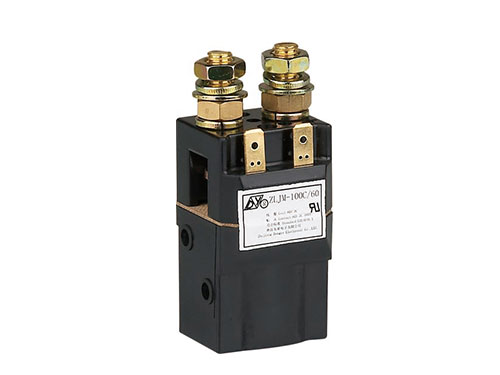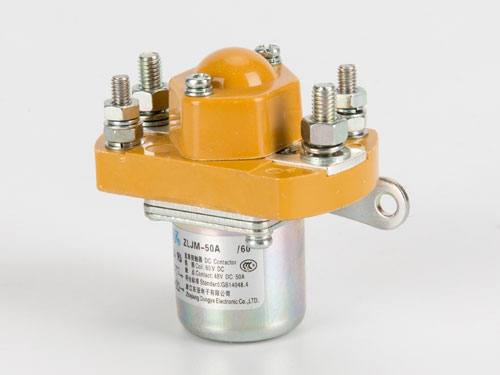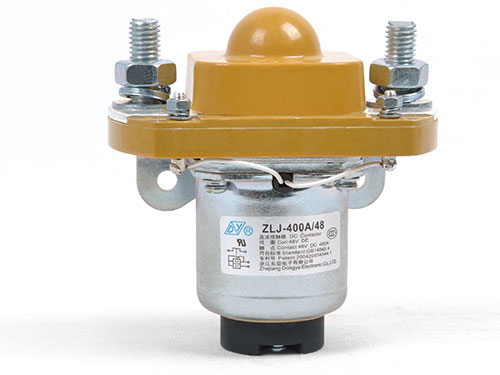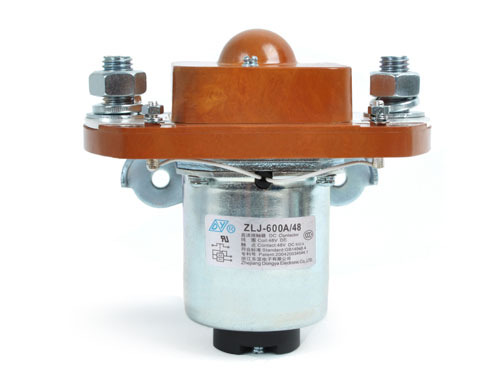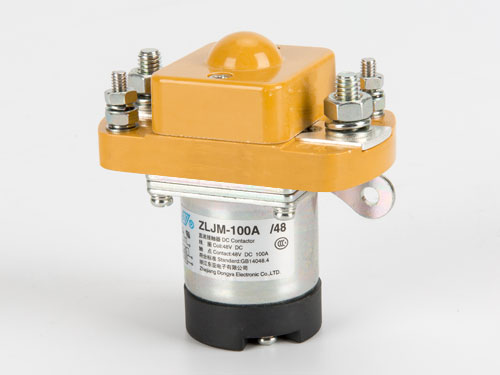A DC Contactor pops up everywhere—EV charging setups, solar systems, you name it—but how well it works depends a lot on its surroundings. In my years of working with electrical components, I've seen too many users overlook environmental risks, only to deal with early wear or random malfunctions later. Let's break down the key environmental factors that impact these contactors, and what that means for your equipment.
1. Temperature Extremes
High and low temperatures alike take a toll on a DC Contactor. Most standard units start having issues when temps climb above 60°C—internal insulation ages faster, and the coil's magnetic pull weakens. On the flip side, drop below -20°C, and the plastic parts get brittle; I've seen contactors slow down so much their open/close actions feel sluggish, almost stuck.
Here's how to address it: Pick a DC Contactor rated for your specific temperature range. For hot spots, add heat sinks or boost ventilation. If you're in cold areas, go for models with parts built to handle the chill.
2. Humidity and Moisture
Too much humidity or direct moisture is a big problem. Moisture eats away at metal contacts, making electrical flow spotty or even triggering short circuits. Plus, it damages the coil's insulation, raising the risk of electrical leaks.
To protect against this: Use DC Contactors with an IP65 rating (or higher) in damp spots, like outdoor EV charging stations. Indoors, if humidity's high, throw in a dehumidifier or use sealed enclosures to keep moisture out.
3. Dust and Contaminants
Dust, oil, or chemical fumes build up on a DC Contactor over time—no getting around it. Fine dust clogs the gap between contacts, so they can't close tight; that leads to arcing (those small sparks that wear contacts down fast). Oil or chemical vapors? They corrode metal parts and break down insulation, too.
Fix this by: Using contactors with dust-proof covers in dusty places, like factories. Wipe the exterior with a dry cloth regularly—after you shut off the power first, of course—to clear surface gunk. And don't put contactors near oil leaks or chemical storage areas; that's just asking for trouble.
4. Vibration and Shock
Nonstop vibration—from equipment like generators—or sudden jolts can rattle loose the internal parts of a DC Contactor. I've seen loose wiring or misaligned contacts cause all sorts of headaches: unstable performance, even random power cuts. Bad shocks can crack the casing or damage the coil entirely.
Cut these risks: Choose DC Contactors made for high vibration (check the vibration resistance rating first). Mount them firmly to a stable surface with shock-absorbing brackets, and check for loose connections every few months.
Conclusion
Brushing off these environmental factors will cut a DC Contactor's life short and throw your system off track. But if you understand how temperature, humidity, dust, and vibration impact it, you can pick the right model and take simple steps to keep it running well.
If you need a DC Contactor built to hold up in all sorts of environments—hot outdoor sites, humid factories, you name it—head to our product page. You'll find options tailored to these conditions, so you won't have to worry about performance drops down the line.
 English
English  한국어
한국어

